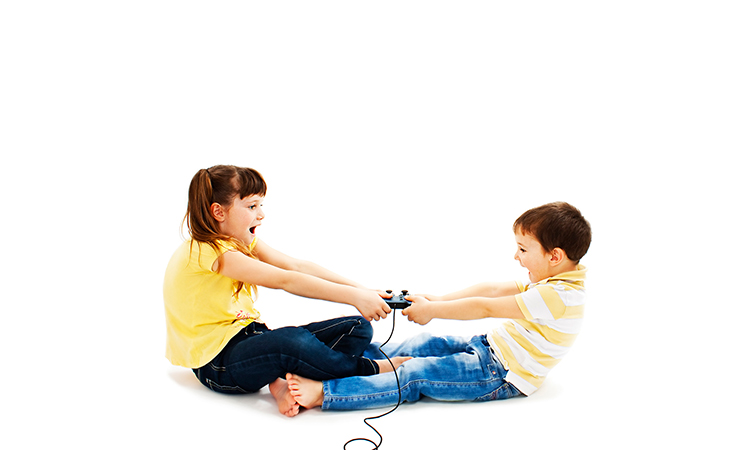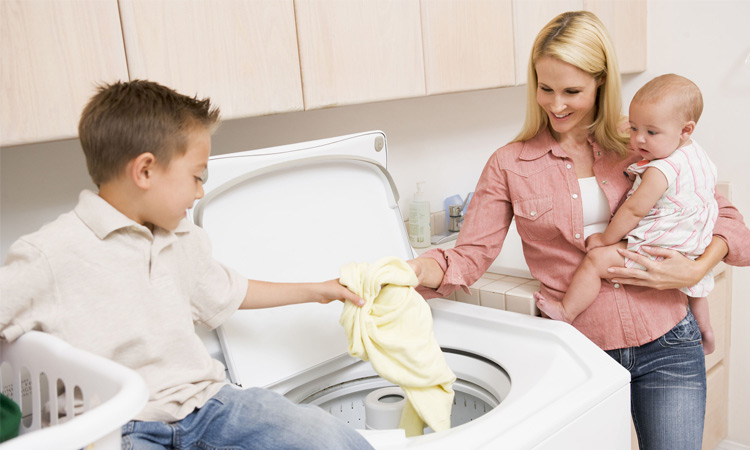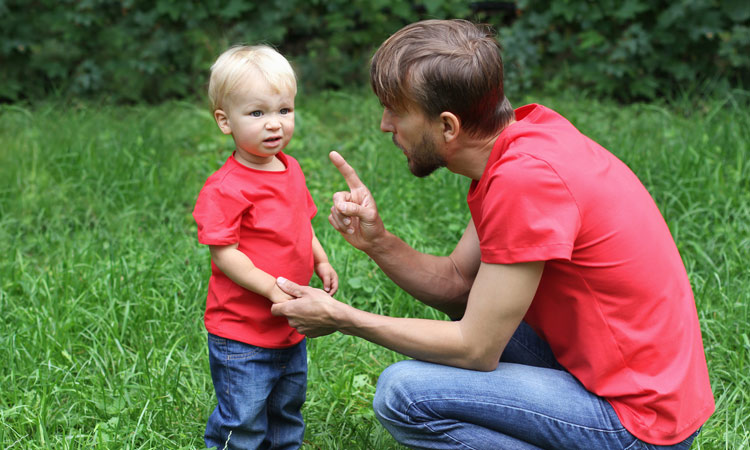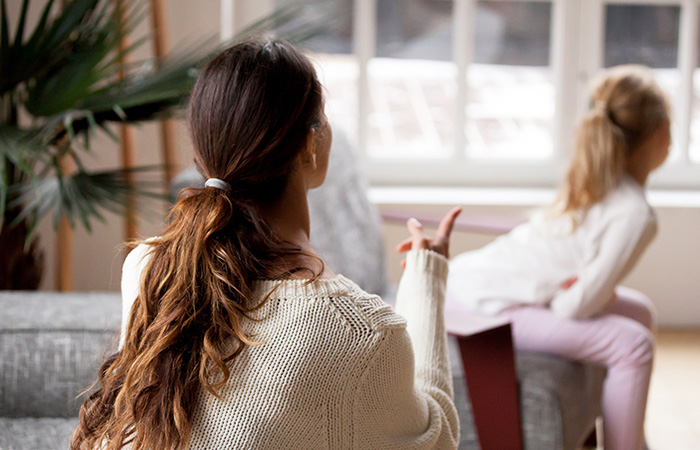How to ease your child's fears
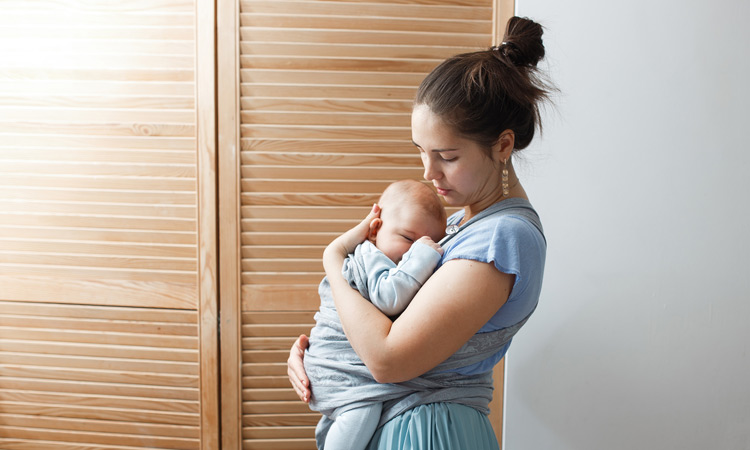
The words you use can have a huge influence on how your child deals with scary situations. Tatiana Kostenko/TNS
Armin Brott
Q: My 15-month-old baby is suddenly afraid of everything — including a lot of things he wasn’t afraid of just a few weeks ago. He’s scared of the bathtub, getting his hair cut, the vacuum cleaner, the dark, and even our dog (the same dog that he actually rode on recently.) What’s going on and what can we do to help our son?
A: Don’t panic. A lot of babies start off pretty fearless, but as they gradually learn that they aren’t the centre of the universe and that they don’t have control of everything in the world (a realisation that’s just now beginning to solidify), the world seems a lot scarier than it used to.
The first thing to do is to try to figure out what’s got your son so spooked. The bathtub, for example, might bring up fears of being washed down the drain (if water and soap suds go down the drain, hair can go down too, and if hair does, why not the whole body?) or of the hot water, the noise of the water coming out of the faucet, or of getting something in his eyes (after all, if you can’t see the world, you can’t control it, right?).
The vacuum can bring up fears of being sucked up just like the dirt; the dark brings up fears of the unknown, of monsters, of not being in control, and that loved ones (and things) won’t be there when the lights come on; and in your child’s mind, a dog who’s big enough to ride is big enough to swallow him.
The solution is to take things very slowly and avoid pushing your child too quickly. You might, for example, take baths with your son, which would show him that you’re too big to go down the drain. Keep soap suds (even the no-more-tears kind) away from your baby’s face and minimise splashing. If your baby will allow you, have one of his stuffed animals ride on the vacuum to show him that it’s not dangerous. You could write a sign warning monsters that there’s a monster-eating child in the room. You get the point.
But whatever you do, pay close attention to how you talk with your child about his fears. The words you use can have a huge influence on how he deals with scary situations. Here’s how you can help:
• Bring up and discuss potentially scary situations in advance.
Say things like, “We’re going to the aquarium, and we’re going to see the alligator. But I’m going to hold you the whole time, and if you don’t like the alligator, we can go see the dolphins instead.”
• Well-intentioned warnings such as, “Oh, there’s nothing to be afraid of,” usually backfire.
In your baby’s mind, if there really wasn’t anything to be afraid of, you wouldn’t have brought it up in the first place. Similarly, don’t say things like, “Be careful, this might be a little scary.”
• Don’t go overboard on safety issues.
Warnings like the ones you heard from your parents (“Don’t talk to strangers,” “Don’t take candy from strangers,” “Don’t get into a car with strangers”) can give a child a nearly irrational fear of, well, strangers.
• Think about potential mixed messages.
If you’ve successfully scared your baby away from the hot stove, do you think he’s going to be happy about eating some hot breakfast cereal or, even worse, getting into a bathtub filled with hot water?
• Stop predicting.
Remember all those warnings we got when we were children? “If you don’t stop playing with that knife, you’ll put your eye out.” Or “Be careful going across that street, you’re going to get run over by a truck.” Well, chances are, you didn’t put your eye out or get run over by a truck. Giving your child a bunch of warnings that never come true only teaches him that he can’t trust what you say. And that will make him less likely to pay attention to the rest of your warnings — even the ones he really should listen to.
Tribune News Service
